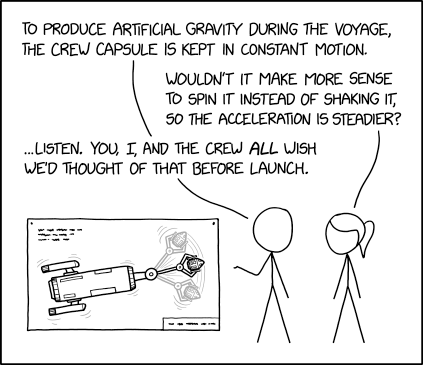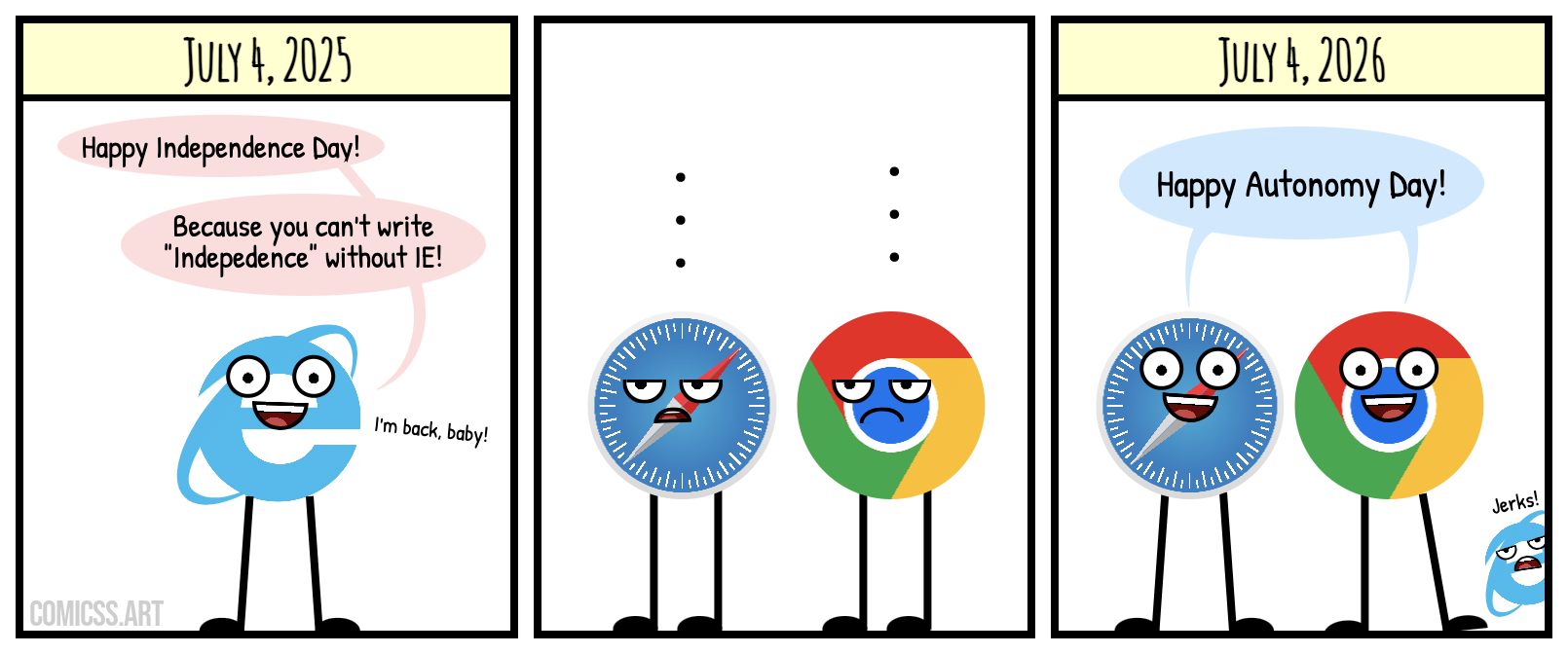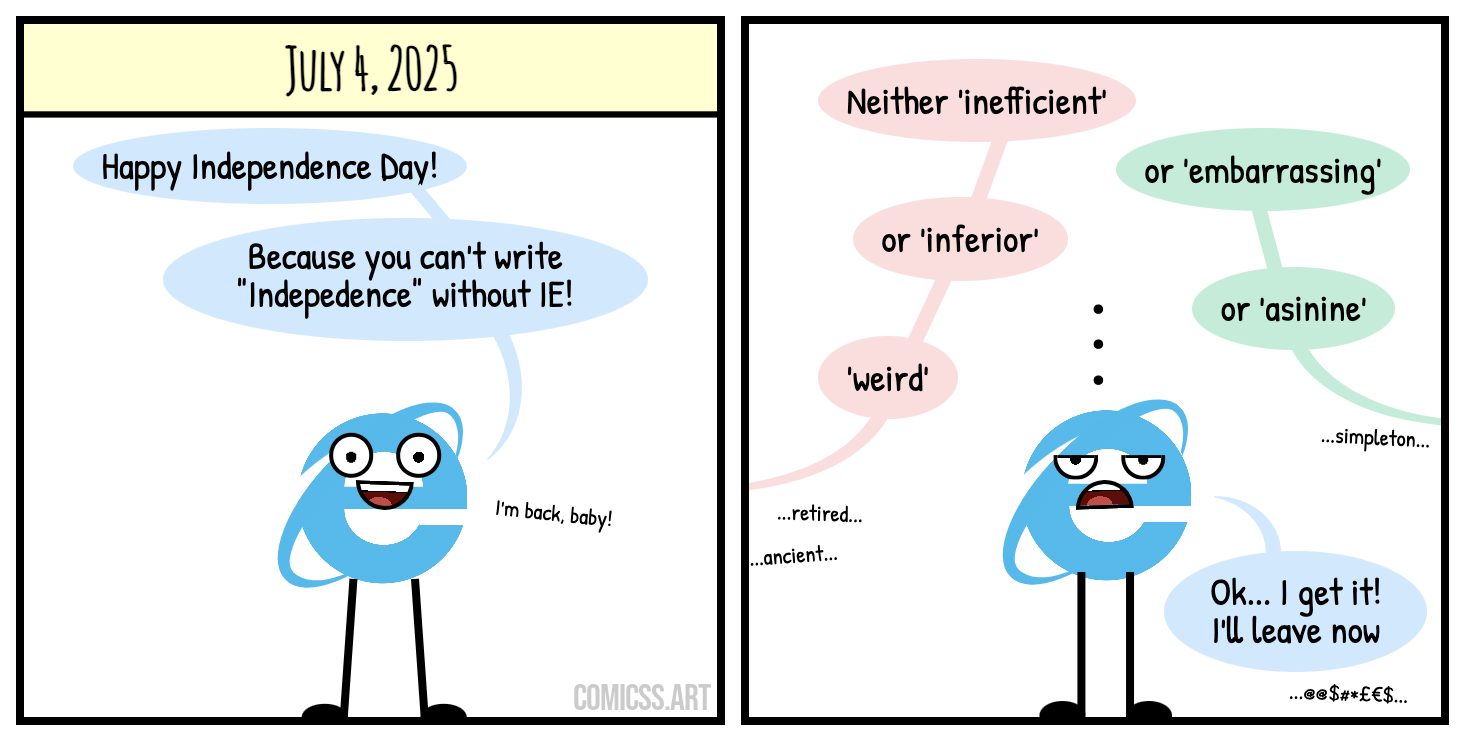Something curious happens in two people’s brains during supportive interactions. It could help explain their emotional power
When did you last feel a connection with someone? It was probably not too long ago. Laughing over a joke with a co-worker, sharing an emotional moment with a friend, or simply exchanging smiles with a child – instances of bonding like these occur daily. People are built to connect, from the tender moments in infancy when we seek comfort from caregivers to the various relationships that shape our personal and professional lives.
One of the most important factors in developing these connections is empathy: the ability to understand and resonate with another person’s experience. Empathy creates a bridge between people that helps them feel seen, heard and deeply connected. It also helps people manage their emotions in moments of distress. The mechanisms in the brain that allow this to happen, and the extent to which they can be observed and measured, have long captivated social neuroscientists, who seek to understand how brains support interaction.
Traditionally, research on the empathic brain has relied on methods like functional magnetic resonance imaging (fMRI), which examines brain activity in isolated individuals, one at a time, using large, stationary scanners. But since actual empathic interactions involve at least two people, social neuroscientists have sought ways to capture and analyse these dynamic exchanges. In our own neuroscience lab, we have been studying empathy as it unfolds in authentic, face-to-face encounters. To do this, we adopted a technique called hyperscanning, which allows us to record brain activity from multiple people simultaneously, making it possible to observe how their brains respond to one another in real time.
The hyperscanning studies conducted in our lab and in others have shown, remarkably, that during moments of social connection, when study participants are asked to cooperate, communicate and coordinate in some way, their neural activity begins to synchronise. It’s almost as if portions of their brains are operating as one: we observe patterns where fluctuations in neural activity in one person begin to align with those in the other. This phenomenon, known as interbrain synchronisation, can occur in corresponding brain regions (such as in both individuals’ frontal lobes), or a certain brain region in one person can synchronise with a different region in the other.
The phenomenon of two brains synchronising might help explain that felt sense of connection, the ‘click’ that two people experience in moments of deep presence with each other. Research shows that interbrain synchrony is strongly associated with behaviours that are prerequisites for successful social support, such as enhanced attention and coordination, successful prediction of another’s intentions, cooperation and effective communication. Examining a tactile form of social support, a hyperscanning study from 2018 showed that when one person held another person’s hand during a painful experience, the pair’s interbrain synchrony increased, creating a shared neural rhythm. Most strikingly, the stronger the interbrain synchrony was, the greater the pain relief for the person in distress, suggesting a neural basis for the power of social touch.


